New Zealand’s Cheese Rolls
I refuse to call them “southern sushi.”
This site is called “Sandwich Tribunal” because of two friends and myself starting sandwich discussions on Twitter nearly a decade ago now under the #sandwichtribunal hashtag, and so when I talked them into launching a sandwich website with me, that’s the name we used. But the three of us were part of a larger group of friends, a group which includes every person who has written a piece for the site over the years–myself, Crit, Drew, Josh, Brian, Mary, Thom, Greg, Ace, Arlo, and Marinus. There are a bunch more people in this group who haven’t necessarily written for the site directly but have certainly had a big impact on how it has developed. Among this larger group are a group of friends from New Zealand. I have not asked these individuals about the New Zealand style cheese roll I’m writing about today though because I already know what their answer would be:
That’s a South Island thing.
My friends, probably
That has certainly been their answer before when I asked them about some obscure artifact of South Island culture. Like roughly 3/4 of New Zealanders, they live (or lived, as some have since moved away) on the North Island. The North Island is the smaller of the two and–or so the common wisdom holds–is where the cities are, the people, the beaches. Since New Zealand is in the Southern Hemisphere, the North Island is the warmer of the two, subtropical in climate, and thus more hospitable. The South Island on the other hand, is larger, more rugged, split down the middle by a majestic chain of snow-capped mountains, naturally dubbed the “Southern Alps” by European explorers. Some of those mountains may appear familiar to fans of the Lord of the Rings movies directed by Peter Jackson.

At the far end of the mountains, in the southernmost portion of New Zealand’s South Island, lies the region of New Zealand known as the Southland and it was here in this more sparsely populated area far from the cities of the North Island where the New Zealand treat known as the cheese roll was invented.
There’s not much to it, a kind of rolled-up version of a Welsh rarebit, made with evaporated milk, cheddar cheese, and onion soup mix in many of its simpler incarnations. Many recipes call for finely diced raw onion as well, or cayenne pepper, or mustard powder, or Worcestershire sauce. But these are relatively recent innovations on the cheese roll. The common wisdom on cheese rolls holds that the first recipe for them was published in the newspaper New Zealand Truth in 1935. There is a searchable online newspaper archive offered by New Zealand’s National Library, and it does have digitized versions of that paper, but only running from 1908 up to 1930. However, I found this recipe published in 1936 in the Western Star, a newspaper out of the Southlands town Riverton.
Incidentally, papers published before 1935 have plenty of recipes for “cheese rolls” that feature homemade puff pastry cut into 4 inch squares, suspiciously similar to the dimensions of a bread slice, topped with a cheese mixture, folded over into a hand pie, sealed, brushed with an egg wash and then baked in the manner of a sausage roll.
These however are not really rolled up in the bread spiral way that a contemporary cheese roll is–a genetic relationship doesn’t may or may not be there. The topic has been researched extensively though, and food anthropologist Helen Leach, professor at the University of Otago in the Southland, has identified three primary phases of the evolution of the cheese roll. It began, as hinted at in the recipe above, with a soft spicy cheese spread from Australia called Rex Luncheon Cheese.
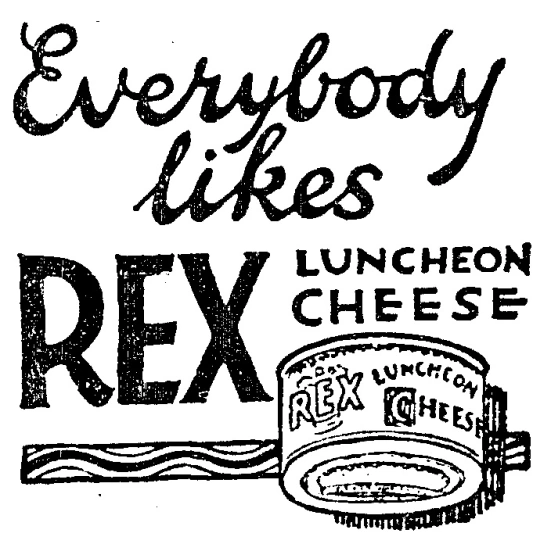
Rex Luncheon Cheese was not often easy to find in the southernmost reaches of New Zealand, yet its unique, piquant flavor and ease of spreadability was greatly favored for cheese rolls. So the second phase of cheese roll development began with New Zealand homemakers developing workarounds, creating recipes for imitation Rex cheese with which to make cheese rolls and similar soft-cheese based snacks.
I’m unable to find any references to Rex Luncheon cheese past the 1940s, by which point the snack may have died out if not for the resourcefulness of those who developed these faux potted cheese recipes. But according to Leach, this phase continued with the introduction of other savory additions to the cheese spread such as diced onions.
Then in the 1950s, sliced bread became available in New Zealand, giving new life to the cheese roll as a food of convenience and leading eventually to the third phase of its development. In the latter half of the 20th Century, mainstream cheese roll recipes saw the addition of foods of convenience, processed ingredients such as evaporated milk and powdered onion soup mix. And, as I mentioned previously, a large number of the recipes I saw for cheese rolls used that simple combination–evaporated milk, onion soup mix, and cheddar cheese–to make the cheese spread for these rolls.
There is a part of me that really wishes that Rex Luncheon Cheese still existed in some form, so that I could taste the “real” thing. There is a smaller part of me that is tempted to use the 1930 Tasty Cheese Savory recipe above to recreate an imitation Rex cheese. But then there is the biggest part of me, the half-ass lazy by-the-numbers part of me, that read a dozen or two cheese roll recipes, noticed the commonalities, saw that a few added flourishes like Worcestershire sauce or powdered mustard or diced onion, immediately made that version, and liked it so much he refused to make anything else.






Jim’s Cheese Roll Sauce
Ingredients
- 1/2 white onion diced fine
- 8 oz evaporated milk
- 8 oz white cheddar cheese shredded
- 1/2 tsp Colman's mustard powder accept no substitutes
- 1 tsp Worcestershire sauce
- 1 packet dried onion soup mix
- 1 tsp corn starch
- 2 tsp water
Instructions
- mix together all ingredients except corn starch and water in a saucepan and heat gently, stirring frequently

- As the cheese melts and the ingredients mix together, this should come together into a saucy, chunky cheese sauce, but still maybe a bit too thin to be spreadable
- In a small bowl, mix together the corn starch and water and add to the cheese sauce to thicken into a spread. You may only need to use half of it–use your best judgement
Now I used white cheddar here and there’s no real reason for that other than that in Commonwealth countries, it’s less common to see cheddar colored orange the way that we commonly do in the US, or at least I’ve been yelled at by enough Brits about it that I no longer care to deal with that. I think an orange cheddar would taste just as good and probably look even more appetizing than this.
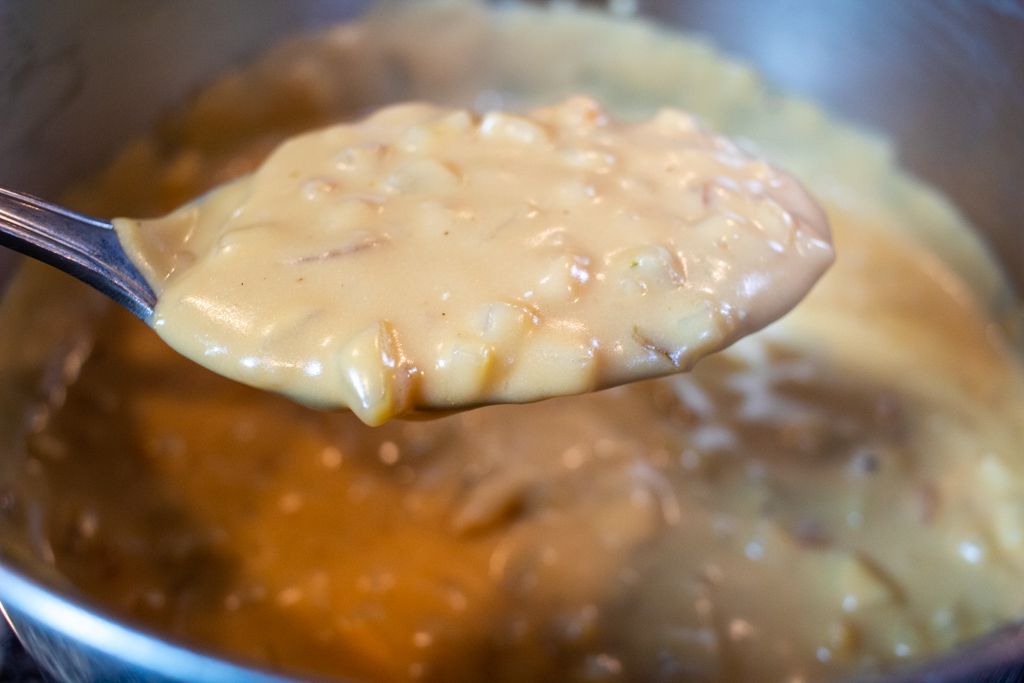
A note on rolling: Bread does not like to roll up tightly, especially with the crusts still on it, unless it is extremely fresh and soft. The crust will tend to crack, which will lead to the crumb cracking as well. I used a more substantial bread when making these than the typical supermarket slices and the bread tore the very first time I tried to roll it.
Some sources recommend cutting off the crusts, and that would likely help. I found though that flattening the bread a bit with a rolling pin helped make it bendier–there’s not as much compression of the inner part and stretching of the outer part if they are closer together, and it also helps make the crust less stiff in general.



It still takes some practice–I made several batches of these–but by smashing the bread flat in this way you can get it to roll up very smoothly. It’s possible that your standard squishy white bread wouldn’t even need to be rolled out in this way though.



Additionally, I found that the bread I rolled up after flattening it with the roller held its shape fairly well, simply glued together by the cheese. If your experience is different, you could use toothpicks to hold them in the rolled-up shape. Then to finish, they are brushed with melted butter before being baked in the oven long enough to toast the bread.
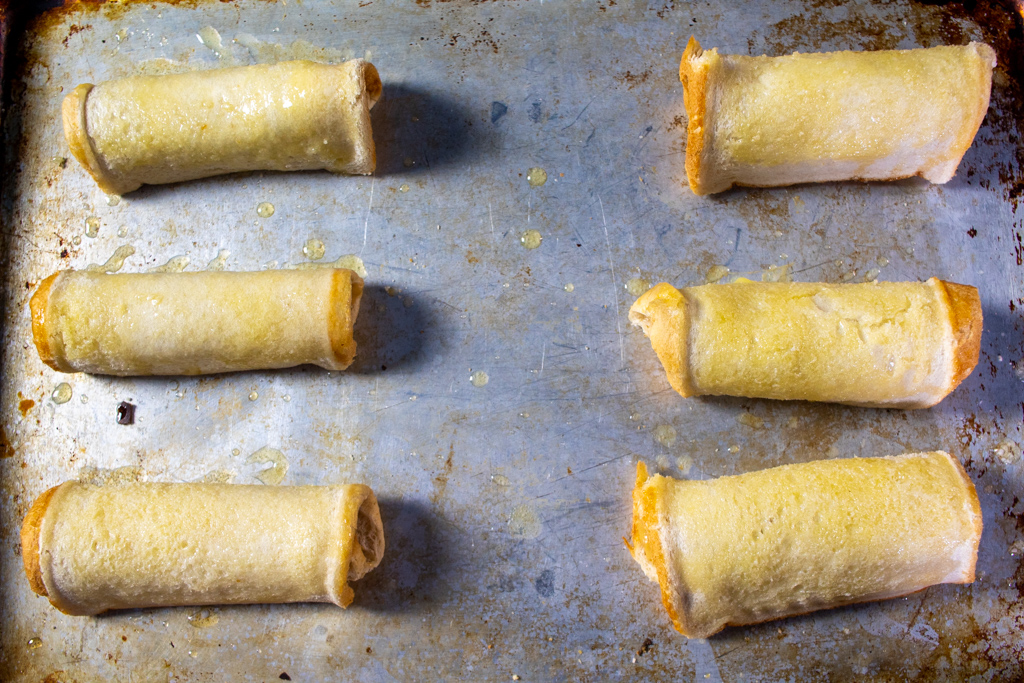
I did finish mine under the broiler for a few minutes.



These are snacks rather than meals, and I suppose if you are so inclined you can debate amongst yourselves whether than qualify as sandwiches or tacos or whatever your system of sandwich taxonomy du jour demands they are. I suppose that the cube rule that people wouldn’t shut up about a couple of years ago would call them sushi. Oddly enough, that makes me hate the nickname “southern sushi” even more.
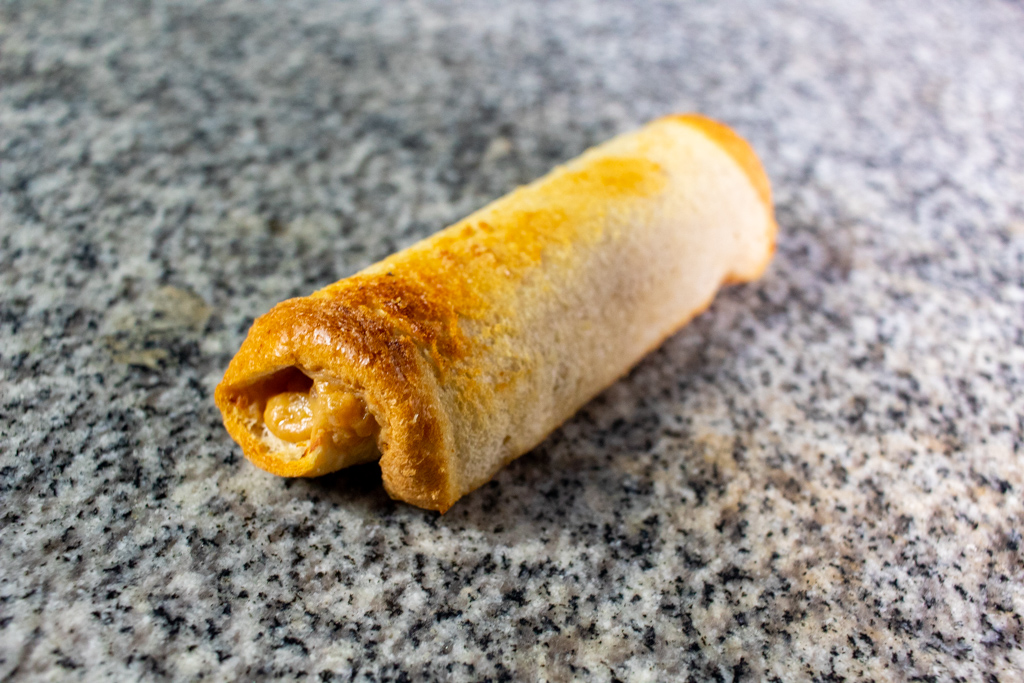
But I don’t suppose I need to twist anybody’s arm very hard to get them to try these either. Hot, molten, sharp cheddar cheese, made even more savory by the addition of onion soup mix, with the piquant raw onions and hot Colman’s mustard powder amplifying the intensity of the flavors, just barely contained in crisp, hot, crusty, toasted bread–it may or may not be a sandwich but if that combination doesn’t pique your interest, I question your intentions in reading a sandwich site to begin with.
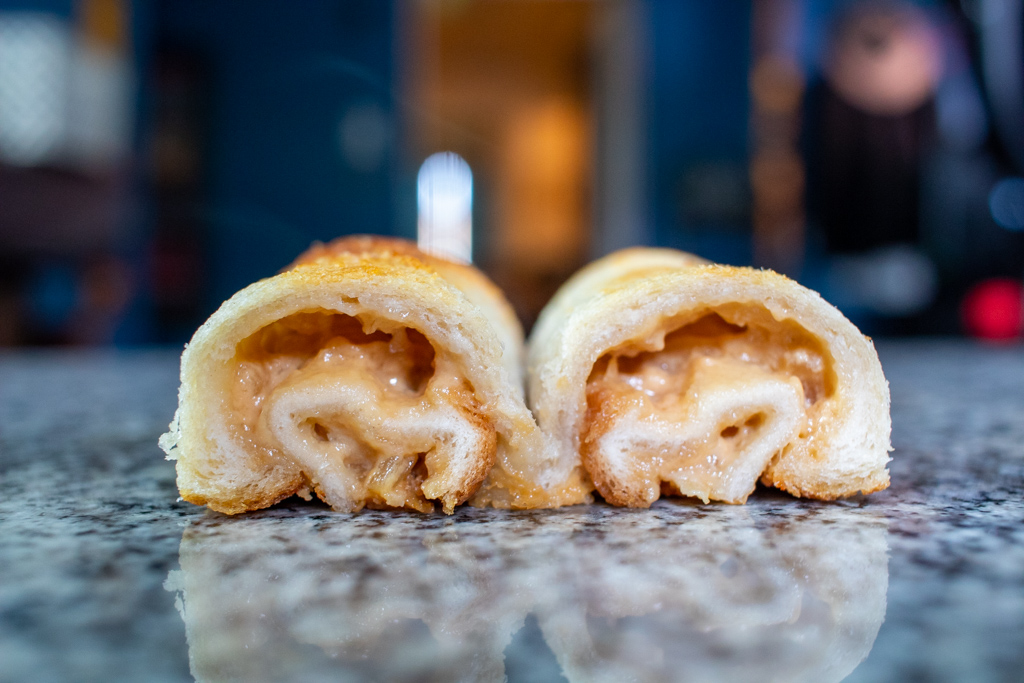
That sauce is deceptive though–it’s really quite blisteringly hot when you bite into it. Handle a fresh cheese roll with caution. If Frodo had known of these treats, he might not have needed to make the trek to Mount Doom after all.

I like sandwiches.
I like a lot of other things too but sandwiches are pretty great


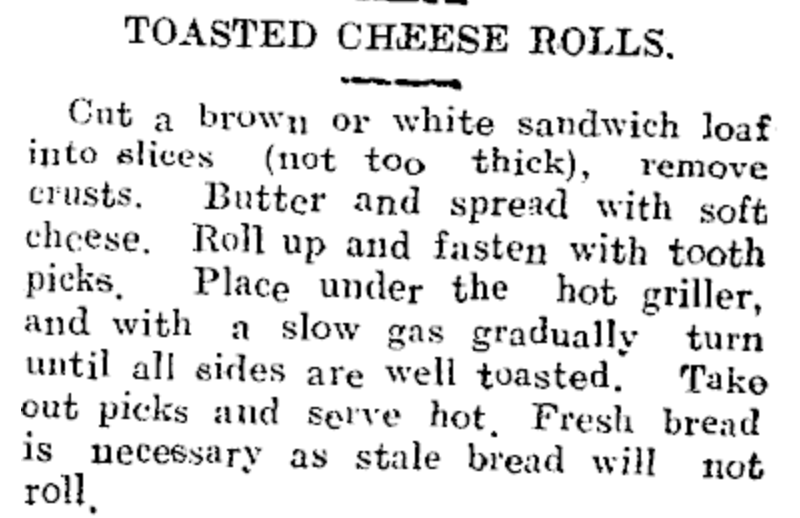
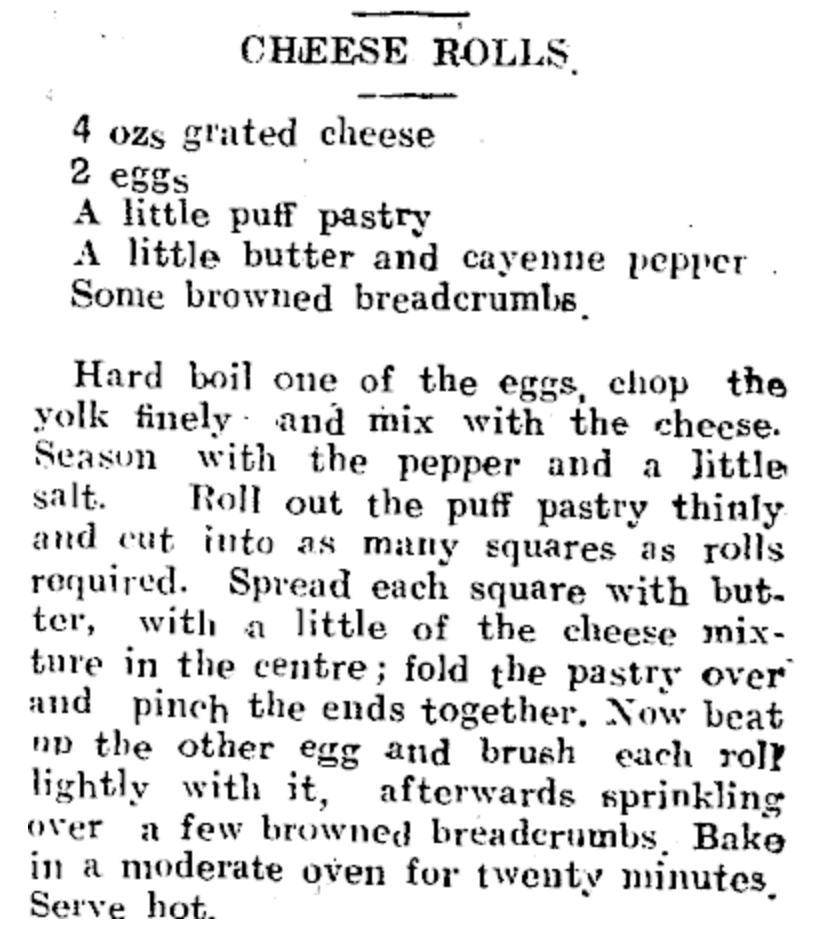
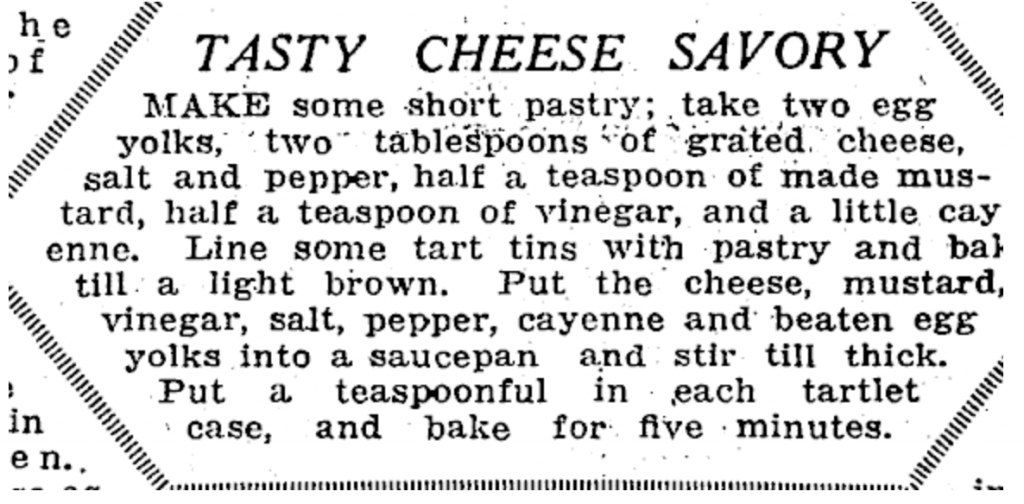
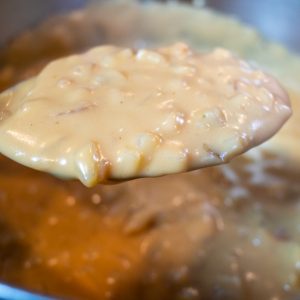




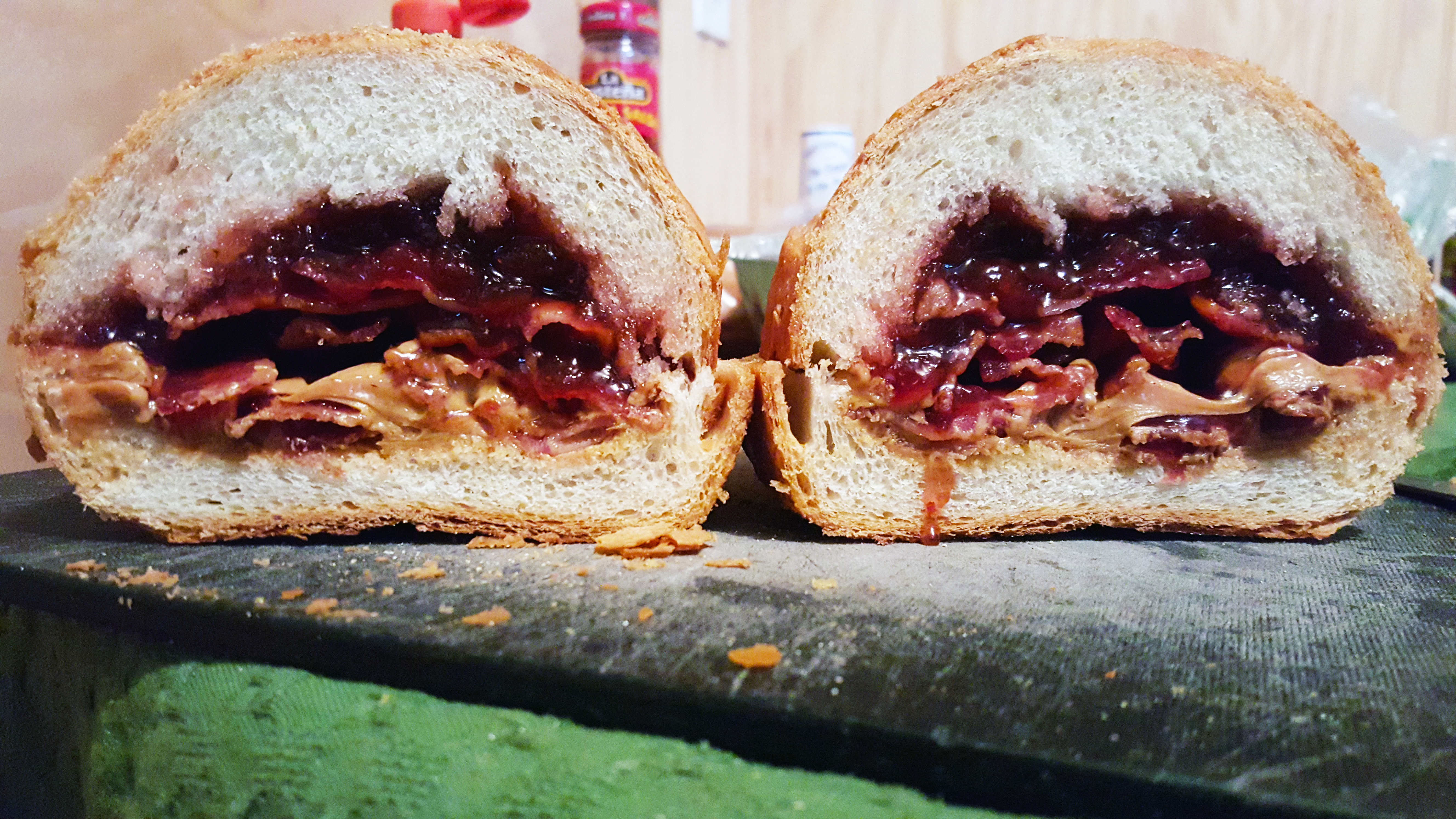
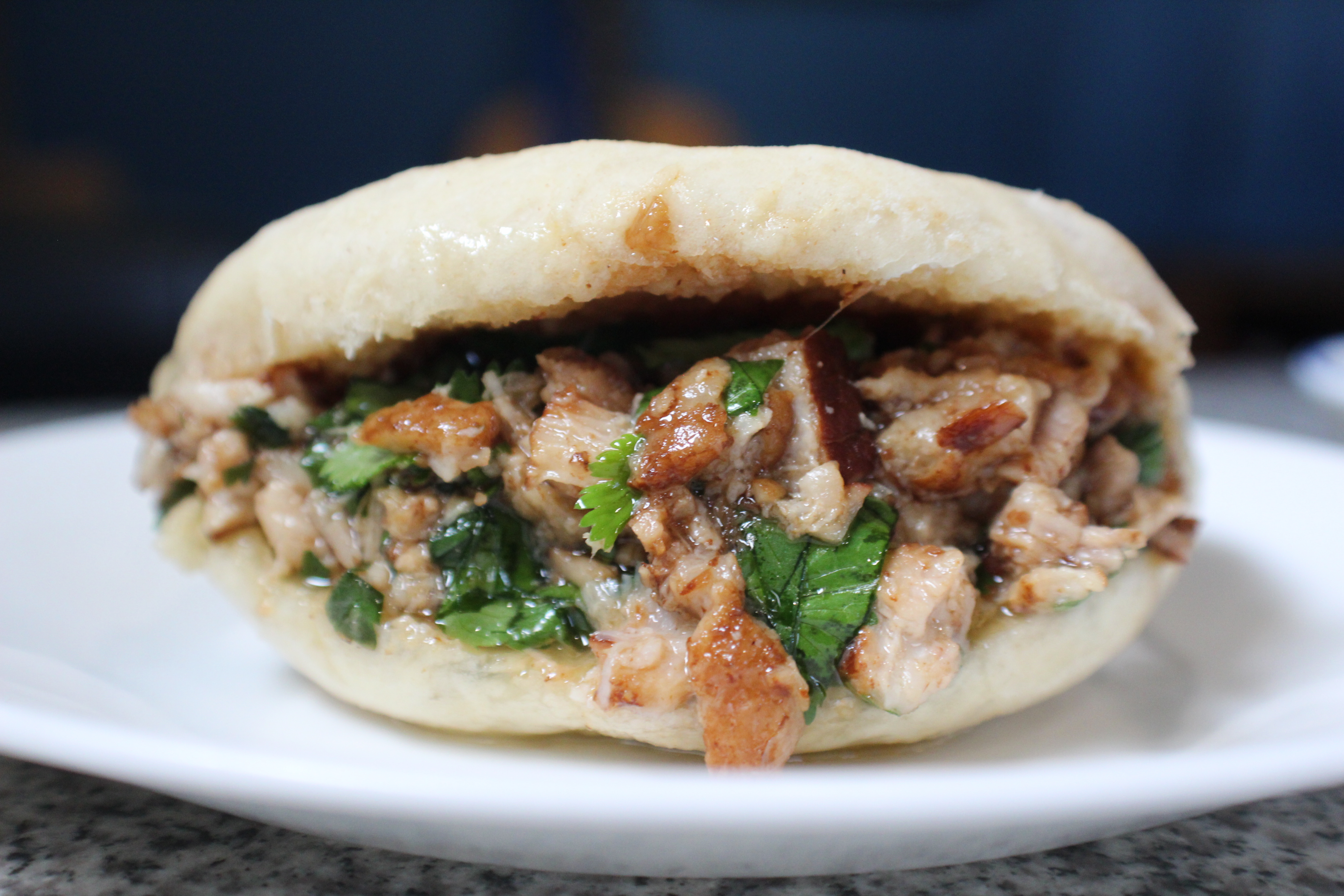
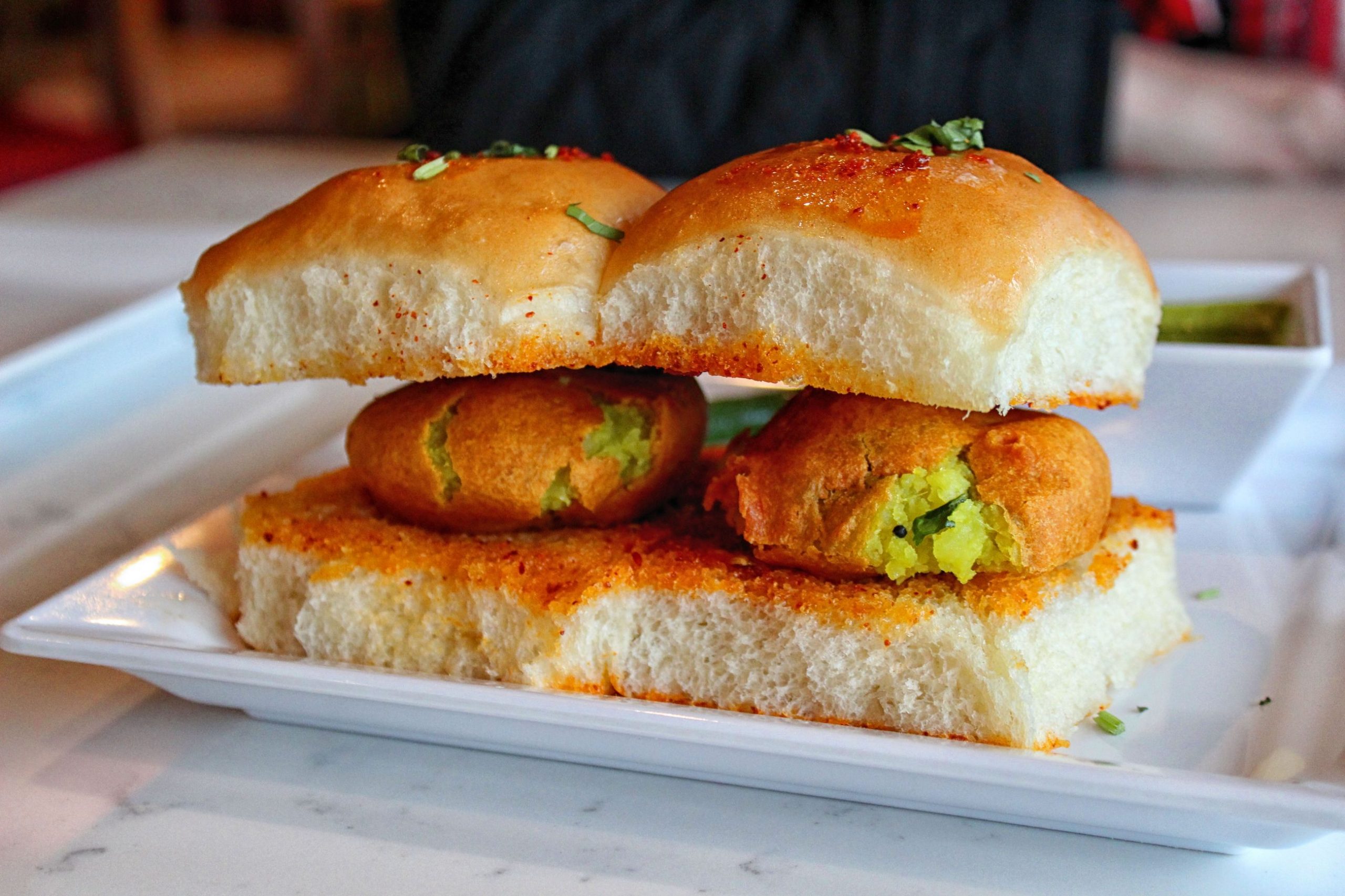






This was delicious — flavor that exceeds the humble ingredients. Thanks for the recipe!